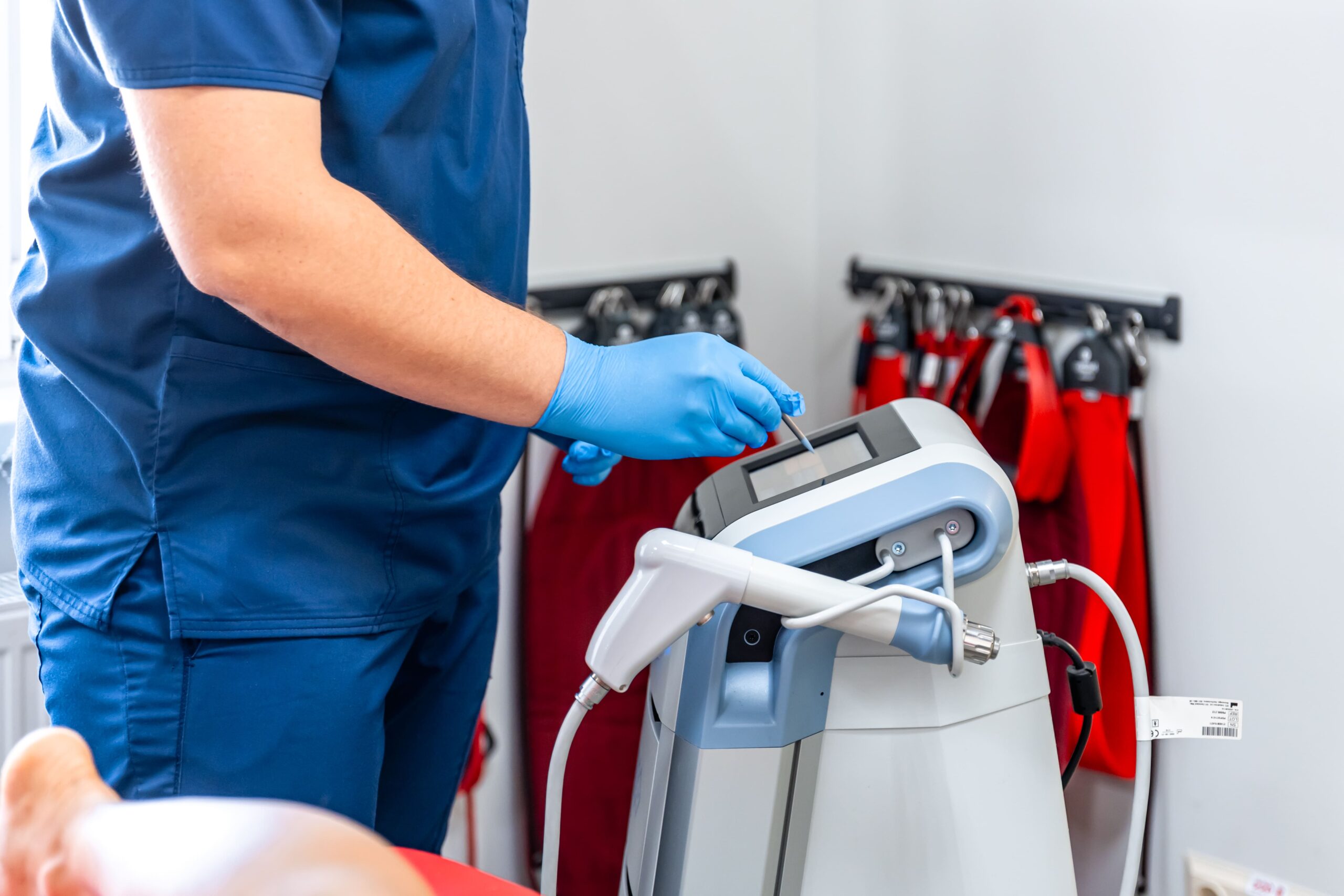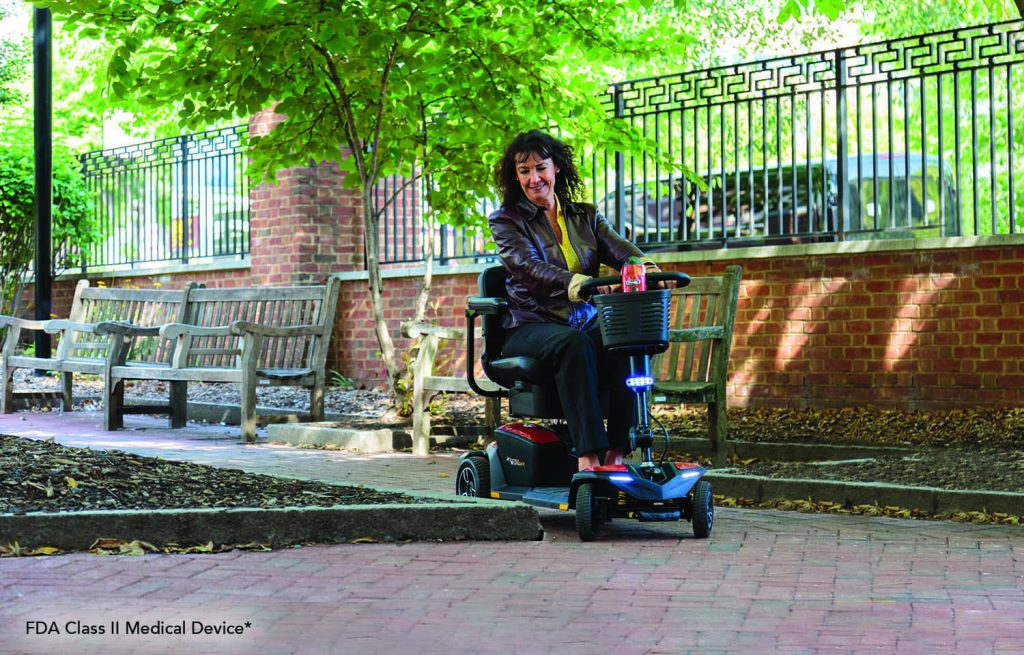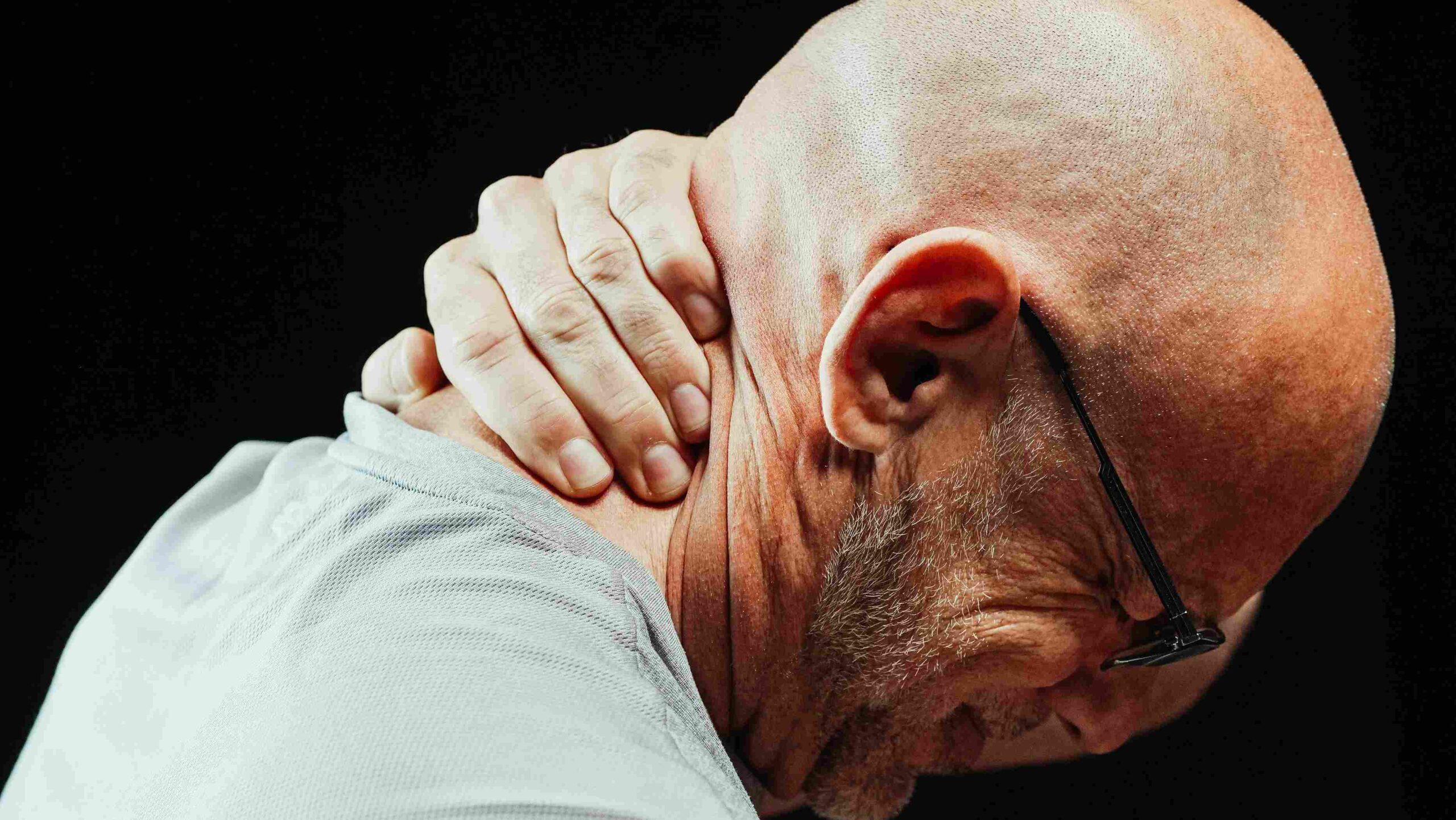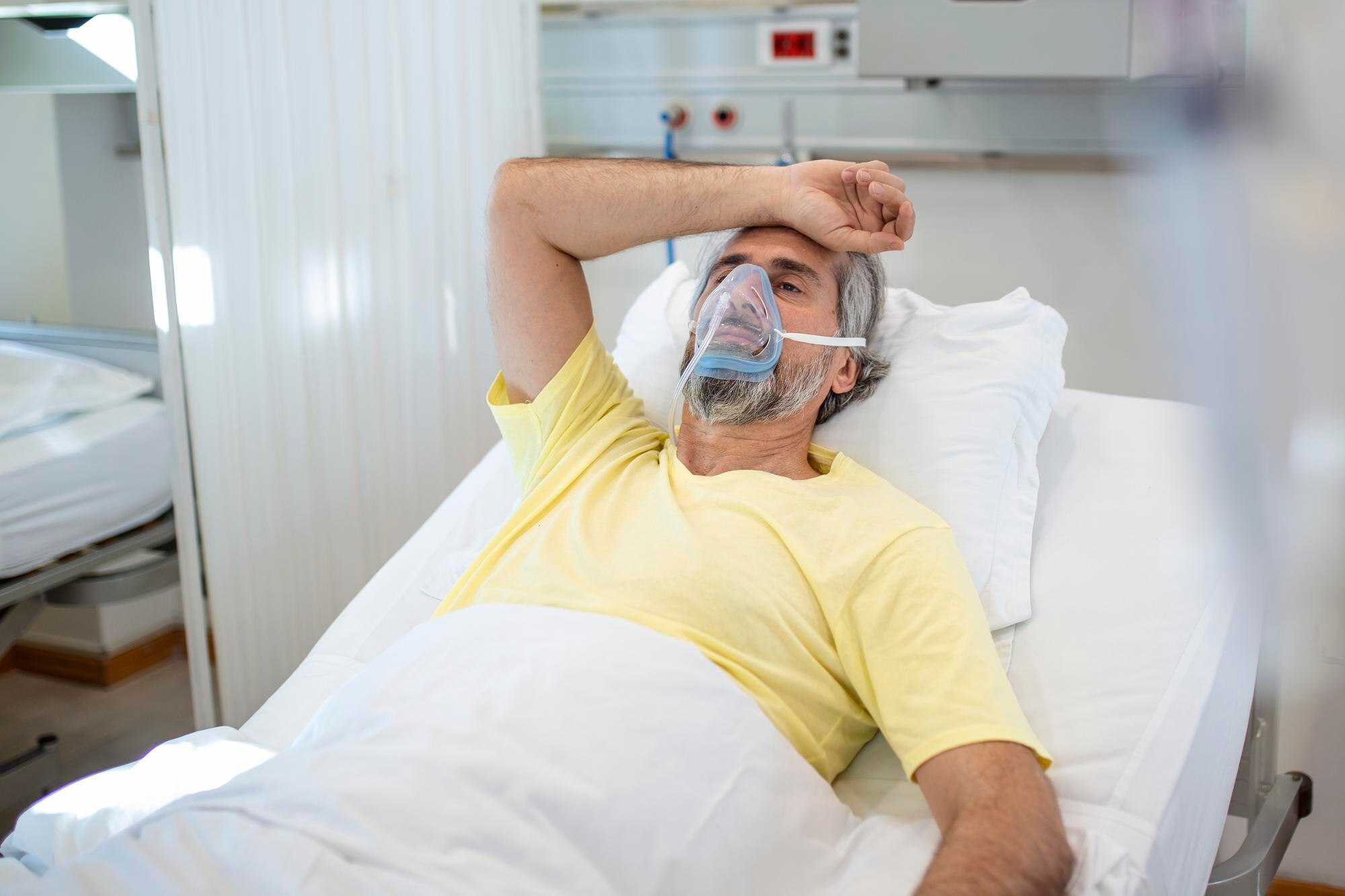Traveling by plane can be stressful, especially if you rely on Durable Medical Equipment (DME) such as oxygen concentrators, CPAP machines, or mobility devices. With the right preparation, however, flying with DME equipment can be straightforward and hassle-free.
As a certified medical equipment specialist, I’ve helped countless individuals navigate the complexities of air travel with medical devices. In this guide, I’ll cover everything you need to know to ensure a smooth journey with your DME equipment.
1. Know Your Airline’s Policies
Airlines have specific rules regarding DME equipment, so it’s essential to research these ahead of time.
Tips for Understanding Policies:
- Contact Your Airline: Call the airline’s customer service line to confirm their requirements for carrying and using DME equipment.
- Check Online Resources: Most airlines provide detailed information about medical device policies on their websites.
- Ask About Battery Requirements: If your equipment uses batteries, confirm the airline’s rules for carrying and using spare batteries.
2. Get Documentation from Your Doctor
Most airlines require medical documentation to approve the use of DME equipment during flights.
What You’ll Need:
- Doctor’s Letter: A signed note stating your medical condition, the need for the equipment, and your prescribed settings (e.g., oxygen flow rate or CPAP pressure level).
- FAA Compliance Statement: For devices like portable oxygen concentrators (POCs), ensure the doctor’s letter mentions that the equipment is FAA-approved.
- Medication List: If you’re traveling internationally, having a list of your medications can be helpful.
3. Verify FAA Approval for Your Equipment
If you’re using equipment like a portable oxygen concentrator, it must meet FAA regulations for use during flights.
How to Check:
- Look for a label on the device indicating it’s FAA-approved.
- Visit the manufacturer’s website or contact customer service to confirm compliance.
- Keep a copy of the device’s user manual in your carry-on for reference if airline staff have questions.
4. Pack Your Equipment Properly
Packing your DME equipment correctly ensures it arrives safely and remains accessible during your trip.
Packing Tips:
- Carry-On Over Checked Baggage: Always pack essential equipment like oxygen concentrators or CPAP machines in your carry-on to prevent damage or loss.
- Use Protective Cases: Most manufacturers provide durable carrying cases designed to protect your equipment.
- Bring Spare Parts: Include extra tubing, filters, masks, and batteries to cover potential issues during your trip.
5. Plan for Power Needs
Ensuring your equipment has enough power during the flight is critical, especially for long-haul journeys.
Power Tips:
- Bring Extra Batteries: Airlines typically require passengers to carry enough batteries to last 1.5 times the duration of the flight, including layovers.
- Confirm Power Outlets: Ask your airline if power outlets are available at your seat. Not all planes offer this feature.
- Use a Backup Power Source: Some devices have battery packs or adapters for added reliability.
6. Arrive Early and Communicate with Staff
Arriving at the airport early gives you time to navigate security and address any concerns about your DME equipment.
At the Check-In Counter:
- Inform staff that you’re traveling with medical equipment.
- Present your doctor’s documentation and explain your needs for the flight.
At the Security Checkpoint:
- Notify TSA agents about your equipment.
- Be prepared to remove the device from its case for screening. TSA staff are trained to handle medical devices carefully.
7. Using Your Equipment Onboard
If you need to use your DME equipment during the flight, plan ahead to ensure everything goes smoothly.
Tips for Onboard Use:
- POCs: Most airlines allow passengers to use FAA-approved POCs in-flight. Make sure to keep the device under your seat or as instructed by the crew.
- CPAP Machines: CPAP machines are often allowed for in-flight use during overnight flights.
- Mobility Devices: Notify the flight crew if you’ll need assistance storing or retrieving mobility aids.
8. Plan for International Travel
Traveling internationally with DME equipment involves additional considerations, such as customs regulations and access to power.
Tips for International Trips:
- Check Voltage Compatibility: Use a voltage adapter or converter if traveling to a country with different electrical standards.
- Research Local Resources: Identify suppliers or medical facilities at your destination in case you need replacements or repairs.
- Pack a Translation Card: Write a brief description of your condition and equipment needs in the local language.
FAQs
1. Can I bring DME equipment as a carry-on without extra fees?
Yes, most airlines allow medical devices to be carried on without counting them toward your baggage limit.
2. Do I need to notify the airline about my DME equipment in advance?
Yes, it’s best to inform the airline at least 48 hours before your flight to ensure they’re prepared to accommodate your needs.
3. Can I use my DME equipment during takeoff and landing?
Rules vary by airline, but many allow the use of FAA-approved devices like POCs during all phases of the flight.
4. How do I prevent battery issues during my trip?
Carry extra batteries, store them properly, and check that they’re charged before leaving home.
5. Will TSA damage my medical equipment during screening?
TSA agents are trained to handle medical devices carefully. If you have concerns, request a hand inspection instead of sending the equipment through the scanner.
Conclusion: Travel with Confidence
Flying with Durable Medical Equipment doesn’t have to be stressful. With the right preparation—like understanding airline policies, packing strategically, and planning for power needs—you can travel confidently and enjoy your journey.
Remember, your health and comfort come first. Don’t hesitate to ask questions or seek assistance from airline staff or medical professionals to ensure a smooth experience. With careful planning, your DME equipment can support you wherever your travels take you.






